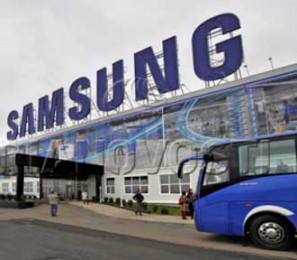 Storm Technologies boss John Brooker is in hot water with the press after he warned any of his staff that voted Labour that they would be made redundant first if Jeremy Corbyn won the General Election.
Storm Technologies boss John Brooker is in hot water with the press after he warned any of his staff that voted Labour that they would be made redundant first if Jeremy Corbyn won the General Election.
Brooker warned his employees in an email that job losses would be on the cards in case of a Labour victory. Post-election, one of his staff thought it was better that the world knew that was what he did.
The email said: “If by any chance Labour win, we’ll have to re-think a few things here at the company so if you value your job and want to hold onto your hard-earned money vote Conservative. Labour voters will be made redundant first if Labour do win and things slow down.”
Brooker said that the email was “internal banter” taken out of context and in hindsight, he regretted any offence caused.
The Independent said that the email began well enough with the hope staff had exercised their right to elect a chosen candidate or party.
But then it explicitly told them to vote Conservative if they believed in free enterprise and progression without being taxed out of the game.
“Just a heads up though, VOTE CONSERVATIVE if you believe in free enterprise and progression without being taxed out of the game.
“Theresa May is not the perfect PM but a far better option for dealing with the challenges this country faces ahead than Corbyn.
“Brexit negotations start in less than two weeks which will affect us all, Security and the ECONOMY needs a strong hand and Corbyn will be a nightmare.
“He resents those making good money, wants to hike corporation tax up by 7 per cent immediately, hike higher rate taxpayers by another five percent, bring far more people into the 40 per cent tax bracket (and there are a lot of you here at Storm) borrow billions which at some point has to be paid back and will generally send us backwards.
“If by any chance Labour win, we’ll have to re-think a few things here at the company so if you value your job and want to hold onto your hard earned money vote Conservative.
“Labour voters will be made redundant first if Labour do win and things slow down……….
“Anyway, just sharing my personal thoughts with you.
“Feel free to vote for whoever you want but I have said my piece. JB”
Storm Technologies has recently been accepted as IT suppliers of Hardware, Software and Technology Services under the new Crown Commercial Services Agreement enabling them to be a Public Services IT reseller.
Brooker insisted to The Independent: “The email was a ‘tongue in cheek’ note sent immediately after a large group of my staff and I were having a joke in the company canteen on the day of the election and was totally meant in jest.
“We have a very open culture in the office here, where people are free to express their opinions and share a joke or two. No offence was intended, nor was there any threat whatsoever levelled at staff.”
It seems that one of his staff did not see the joke.
 Fujitsu is moving to a direct to channel move and says it is all about digital transformation.
Fujitsu is moving to a direct to channel move and says it is all about digital transformation.

















